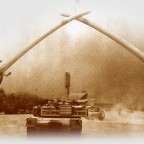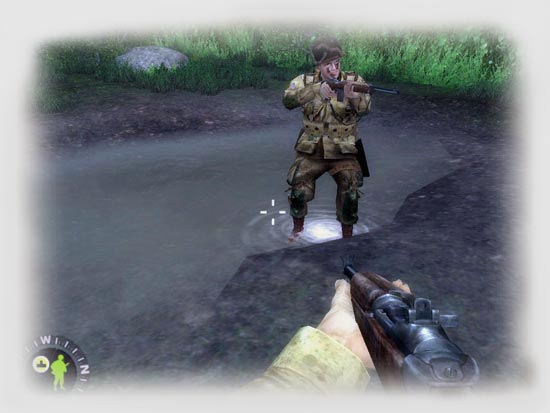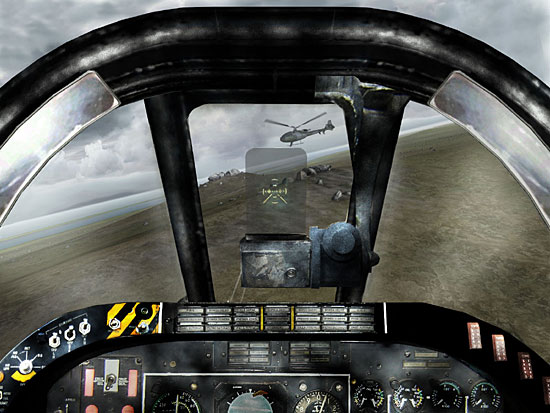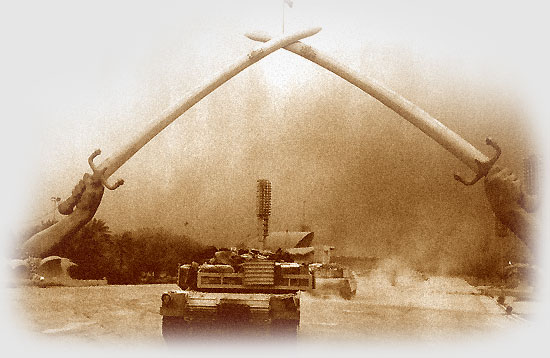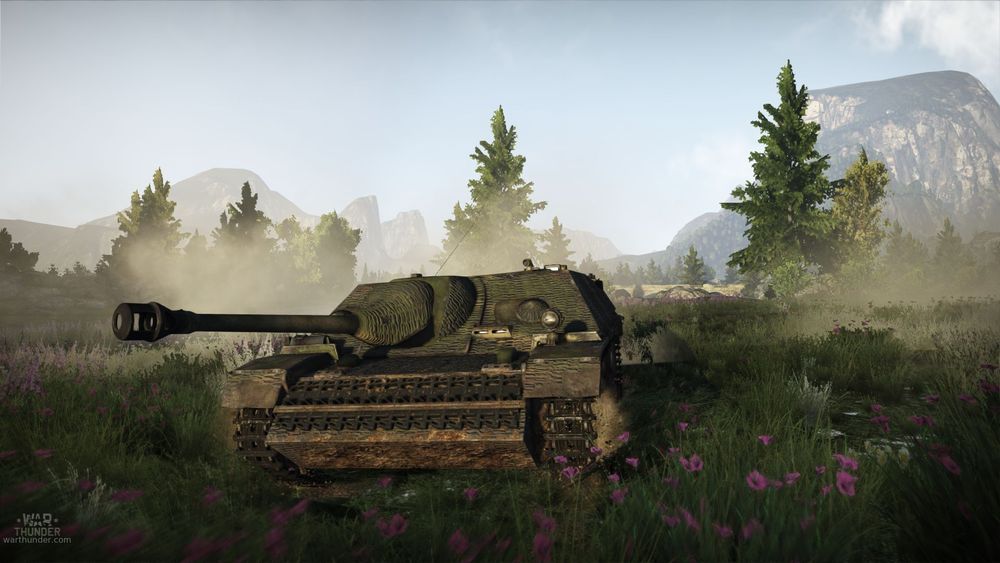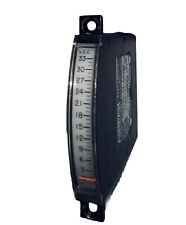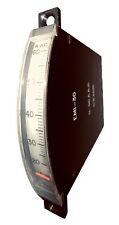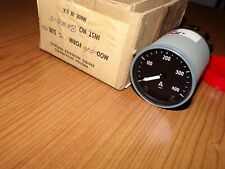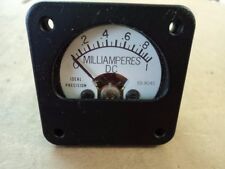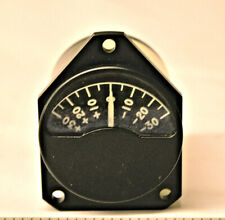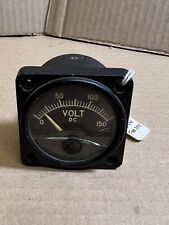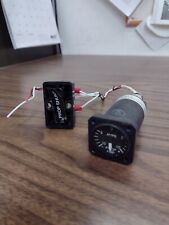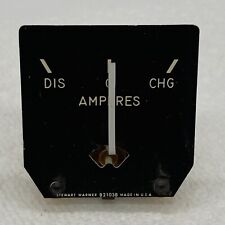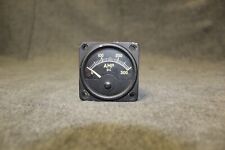Q. Military writers like Ralph Peters suggest that much of future of war will revolve around cities. Do you think the US military has the appropriate hardware, technology, and training to do it right? In the process of writing the book, did you hear of soldiers consistently wishing for something that they didn’t have?
A. I’m not an expert on the military by any means, so I can’t judge whether the military has the hardware, etc. to fight in cities. I can only say that in Baghdad the 2nd Brigade of the 3rd ID turned military doctrine on its head by sending tanks and Bradleys into the heart of Baghdad, where the crews fought gunmen firing from bunkers, trenches, windows, rooftops and alleys. The brigade proved not only that tanks could fight inside cities, but that they could prevail.
The main thing soldiers told me they wished they’d had (in addition to more spare parts for their tanks and Bradleys) was accurate intelligence. Many commanders and officers told me during the war and afterwards that they felt hamstrung by the lack of intelligence. They went into the battle of Baghdad with virtually no sense of what kind of enemy they were facing, their weapons and tactics, or their willingness to fight. One tank company commander told me he was surprised by the extensive bunker and trench network he encountered in the city. A couple of days after the battle, the commander ran into a French newspaper reporter who told him that he’d written articles weeks earlier about the bunkers and trenches. “Guess the CIA doesn’t subscribe to the French papers,” the captain told me.
Q. War, especially modern American war in the glare of the media, is sometimes as much a battle to win the message as it is to win the battle. What influence did the presence of embedded reporters, and the nonstop TV propaganda coming from the Iraqi government, have in the battle?
A. The media had a significant impact on the strategy of Col. Perkins, the brigade commander. He was very frustrated on April 5, after the brigade’s first thunder run into the city — the first time U.S. troops had penetrated Baghdad. The Iraqi information minister denied that U.S. forces were anywhere near Baghdad, and the BBC reported that its correspondents had not seen any American troops in the city. Perkins decided then that he was involved in an information war as well as a military war. He realized he couldn’t just put his troops and tanks in downtown Baghdad; he had to PROVE they were there. He made sure the reporters embedded with the brigade got full access to the April 7 thunder run, and he and his battalion commanders did live interviews with an embedded Fox News crew from the grounds of one of Saddam’s downtown palaces. At the same time, the information minister was again denying that American forces were in Baghdad. But this time, Perkins was able to prove that he was in the city. That had a significant impact not only on U.S. strategy, but on the willingness of Iraqi forces to continue fighting.
Q. There have been a number of articles portraying the ground war into Iraq as a cakewalk, with tales of Iraqi forces crumbling or surrendering rather than fight. As someone who was there, is that an accurate portrayal of the war, and do you think the American public understands what happened to the soldiers facing the Iraqi Army?
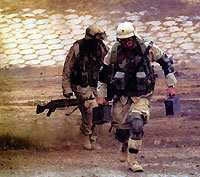 A. I find it ironic that a war covered by more than 600 embedded journalists produced virtually no first-hand, up-close accounts of what it was like for American forces to engage in combat. The news media still relied heavily on accounts provided by official Pentagon spokesmen in Kuwait, at CENTCOM headquarters in Doha, Qatar, and at the Pentagon. These spokesmen portrayed the battle for Baghdad as essentially a cakewalk. But the soldiers involved in the battle experienced three days of intense and terrifying combat inside the city and along the main supply route on Highway 8. Though many Iraqi soldiers did indeed throw down their weapons and flee, the Second Brigade soldiers were attacked by thousands of Iraqi Special Republican Guards, Fedayeen, Baath Party militiamen and Syrian, Jordanian and Palestinian mercenaries. American units fighting at three intersections on Highway 8 were nearly overrun by fighters attacking from trenches, rooftops and suicide vehicles. The brigade did not lose a single soldier to enemy fire during the two-week charge from the Kuwait border to Baghdad. But in a roughly five-hour period on April 7, the brigade had five soldiers and two embedded reporters killed and about 40 soldiers wounded. Most of the soldiers I interviewed from the 2nd Brigade said they had never been interviewed about the battle, and all described the battle for Baghdad as ferocious. Soldiers who had fought the first Gulf War said the battle was far more intense than anything they experienced 12 years earlier.
A. I find it ironic that a war covered by more than 600 embedded journalists produced virtually no first-hand, up-close accounts of what it was like for American forces to engage in combat. The news media still relied heavily on accounts provided by official Pentagon spokesmen in Kuwait, at CENTCOM headquarters in Doha, Qatar, and at the Pentagon. These spokesmen portrayed the battle for Baghdad as essentially a cakewalk. But the soldiers involved in the battle experienced three days of intense and terrifying combat inside the city and along the main supply route on Highway 8. Though many Iraqi soldiers did indeed throw down their weapons and flee, the Second Brigade soldiers were attacked by thousands of Iraqi Special Republican Guards, Fedayeen, Baath Party militiamen and Syrian, Jordanian and Palestinian mercenaries. American units fighting at three intersections on Highway 8 were nearly overrun by fighters attacking from trenches, rooftops and suicide vehicles. The brigade did not lose a single soldier to enemy fire during the two-week charge from the Kuwait border to Baghdad. But in a roughly five-hour period on April 7, the brigade had five soldiers and two embedded reporters killed and about 40 soldiers wounded. Most of the soldiers I interviewed from the 2nd Brigade said they had never been interviewed about the battle, and all described the battle for Baghdad as ferocious. Soldiers who had fought the first Gulf War said the battle was far more intense than anything they experienced 12 years earlier.

